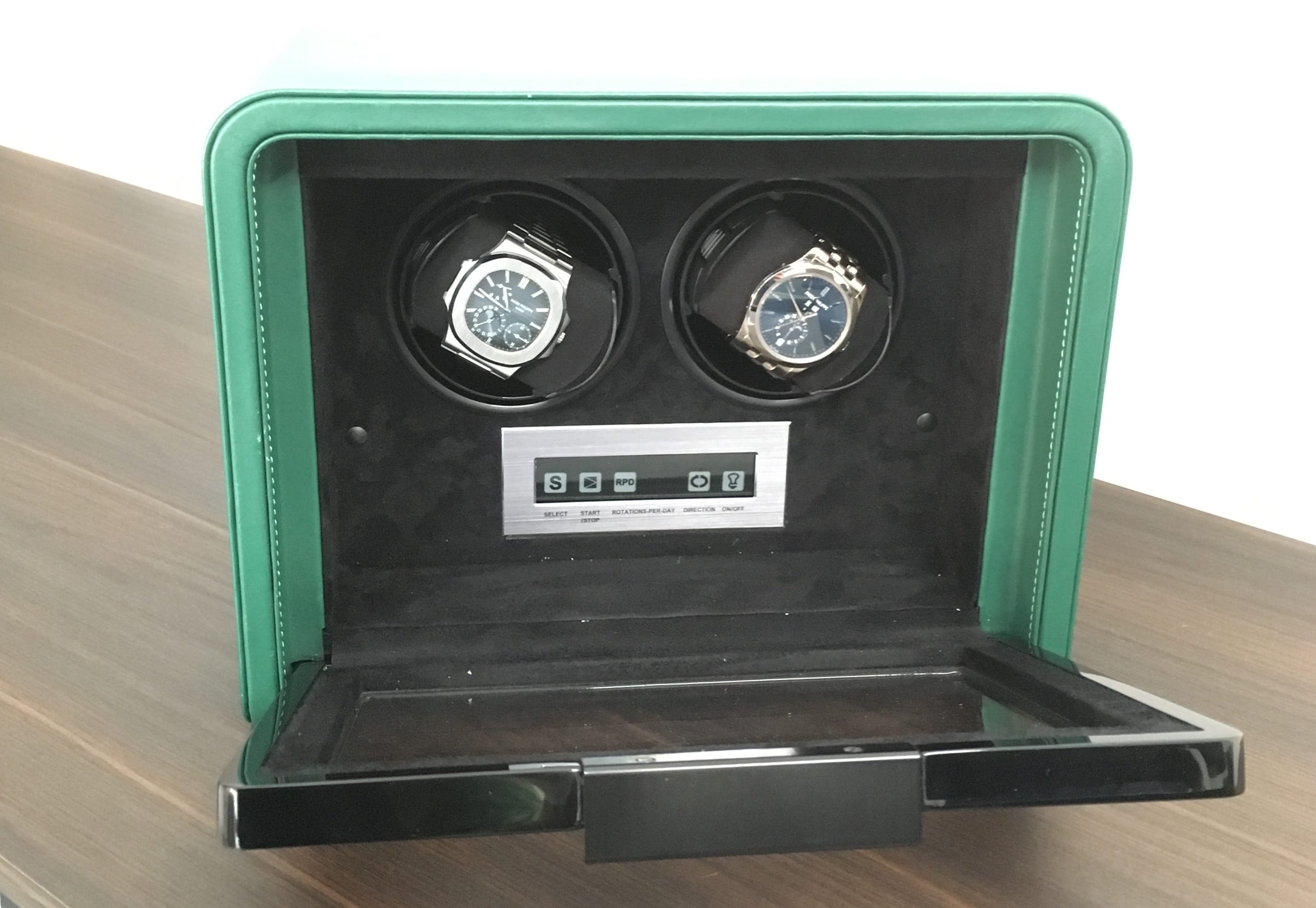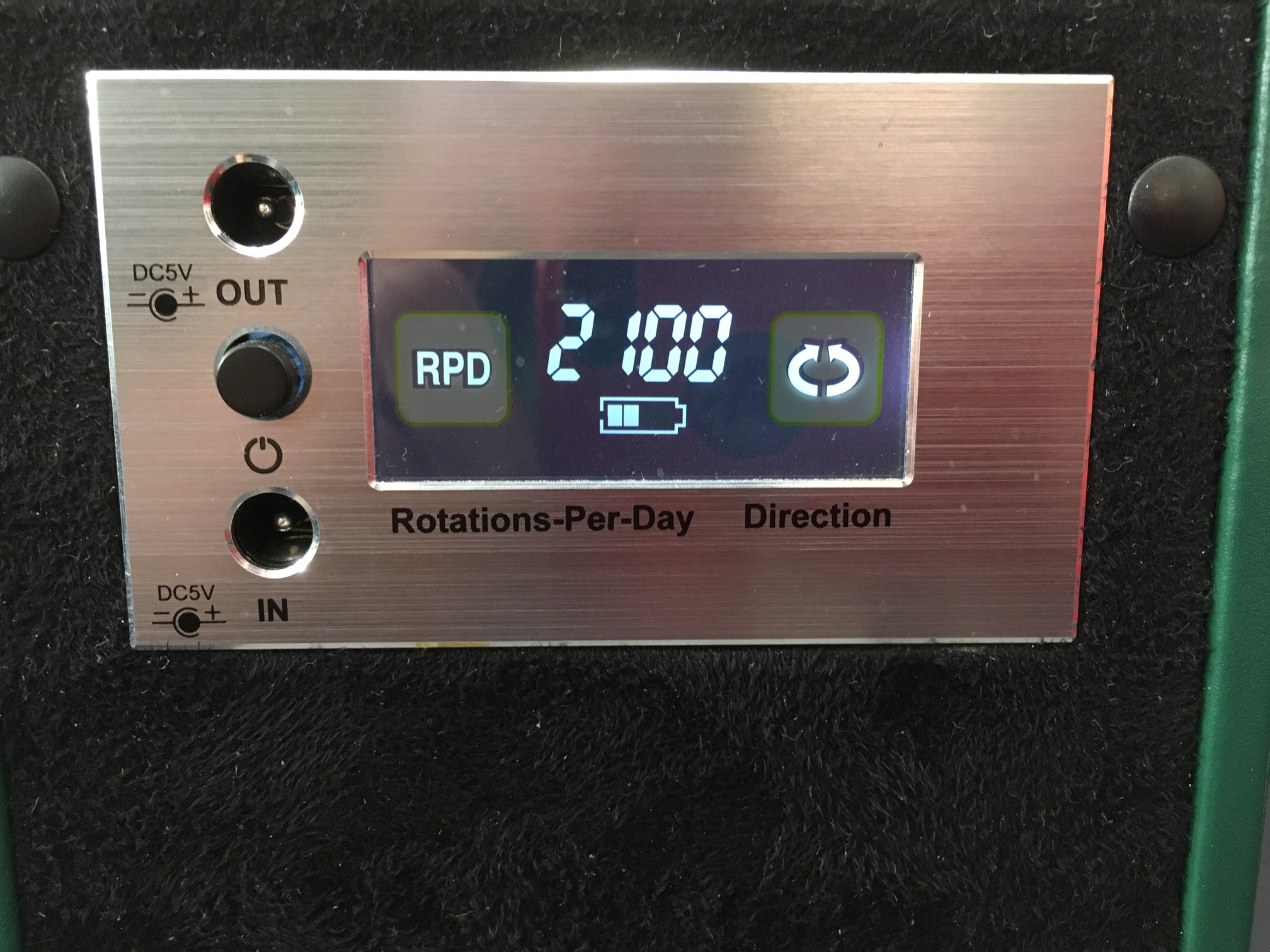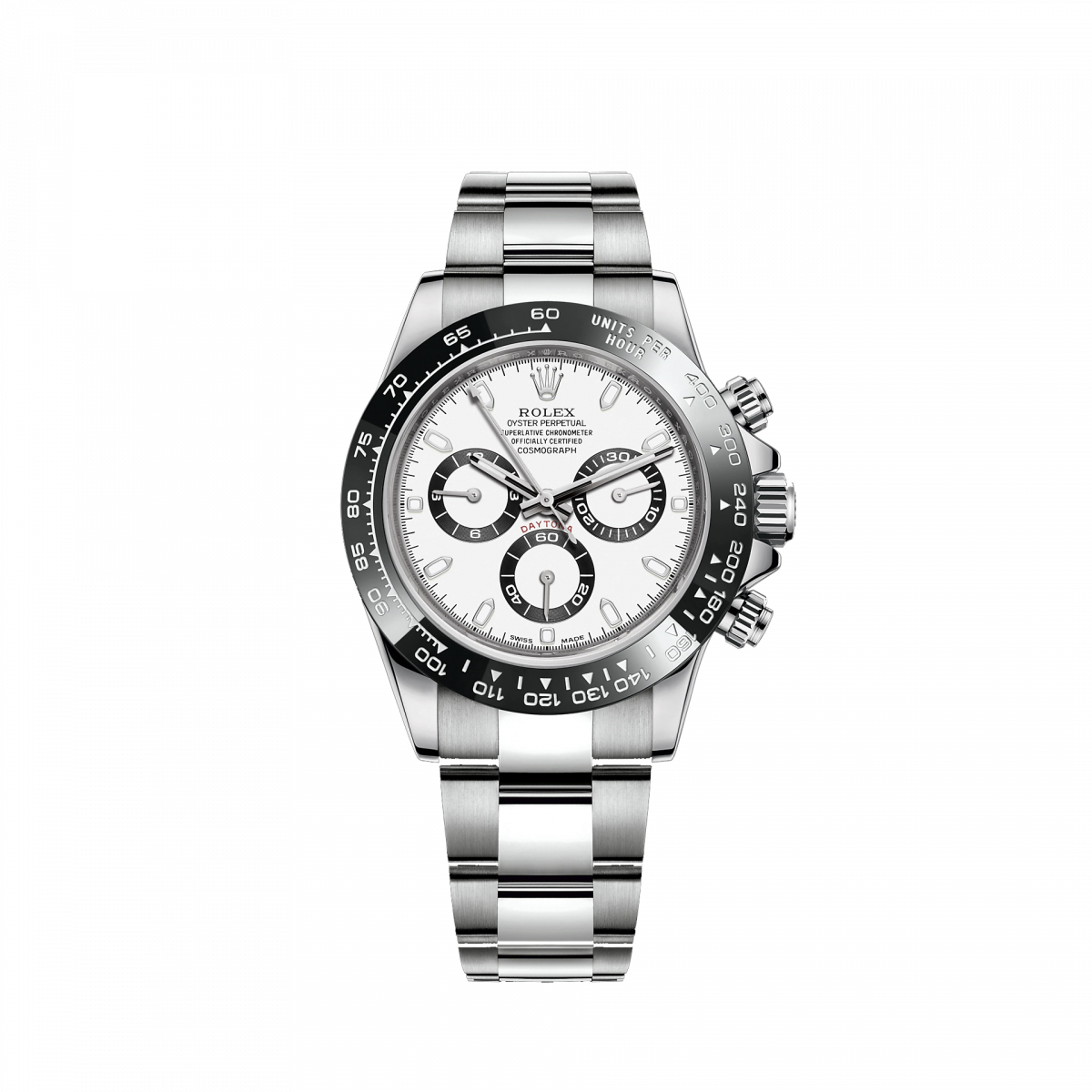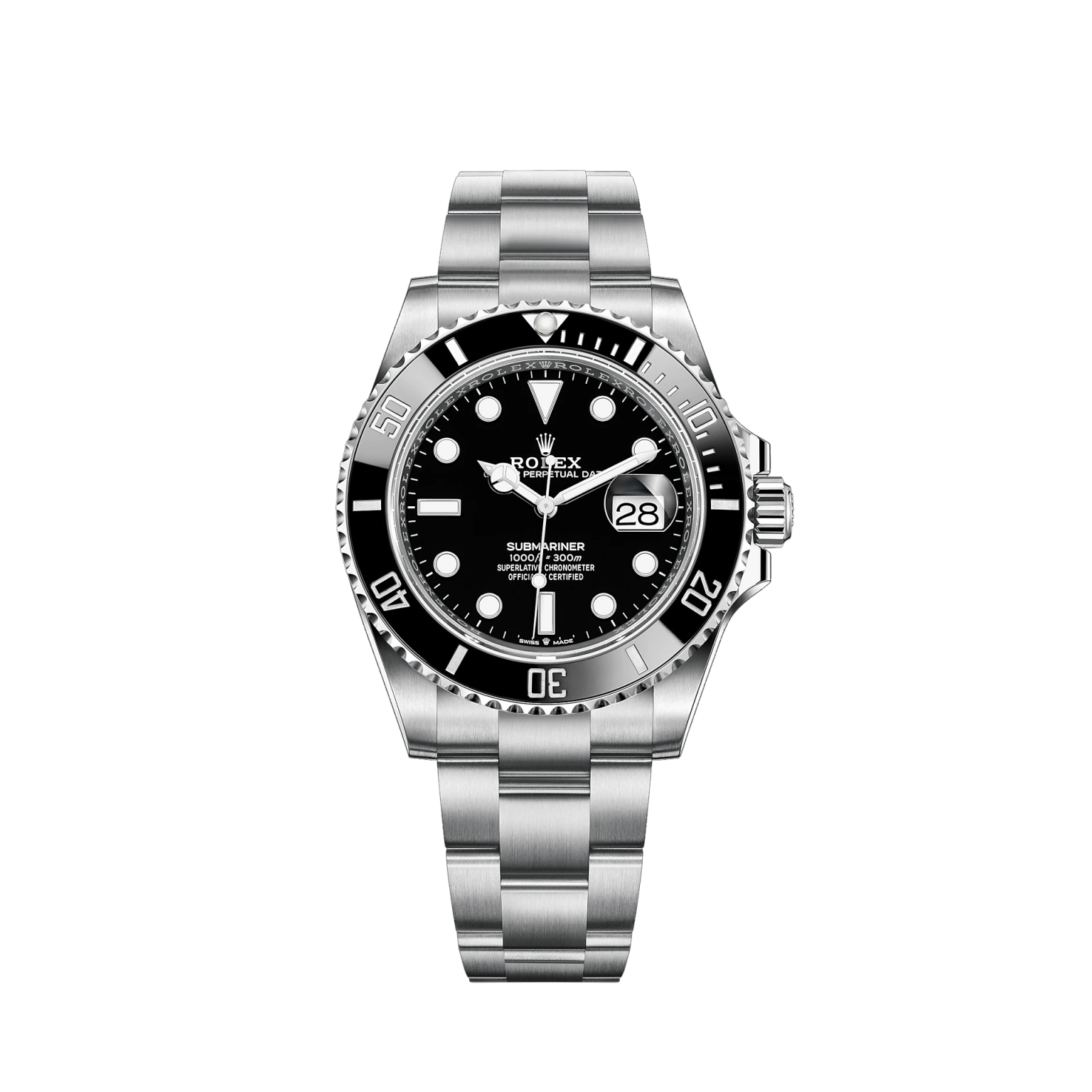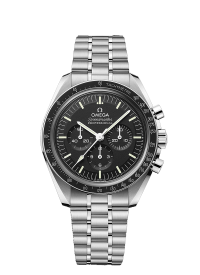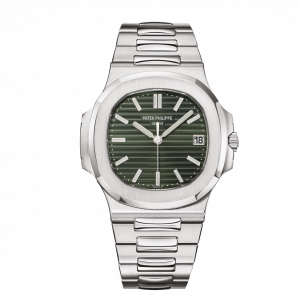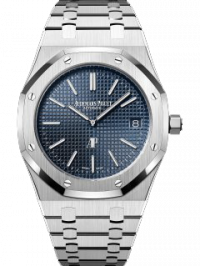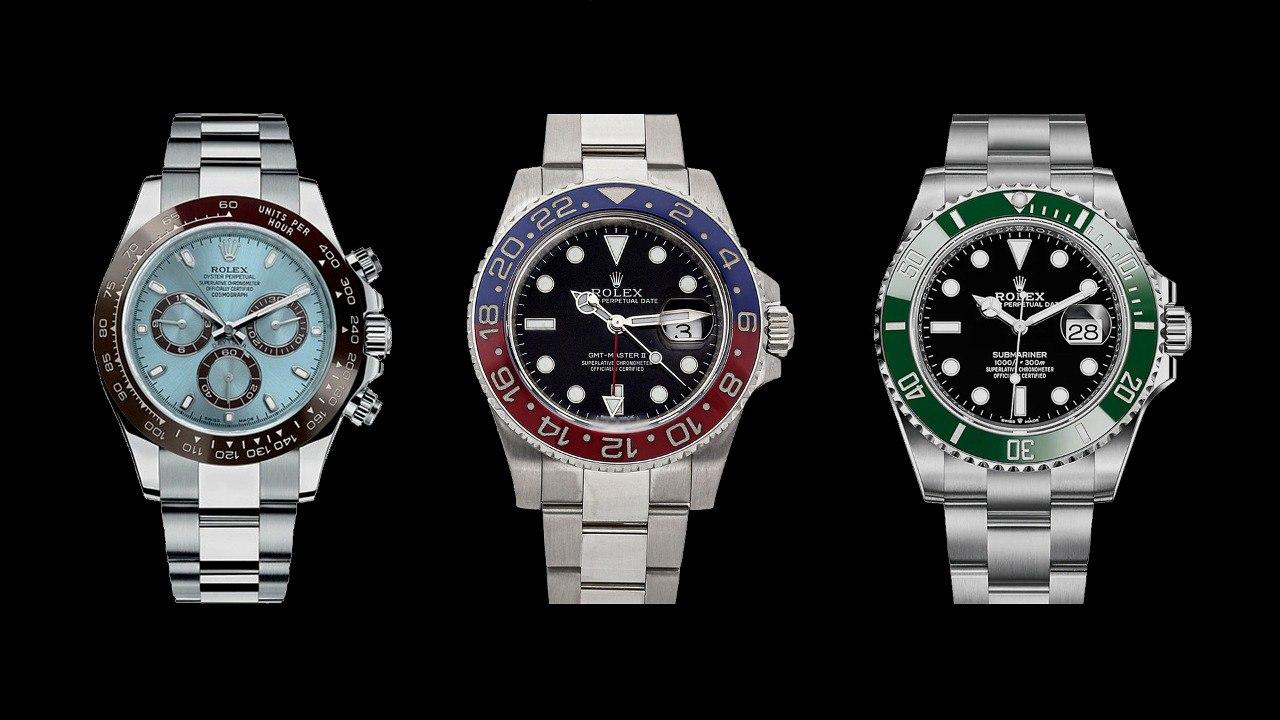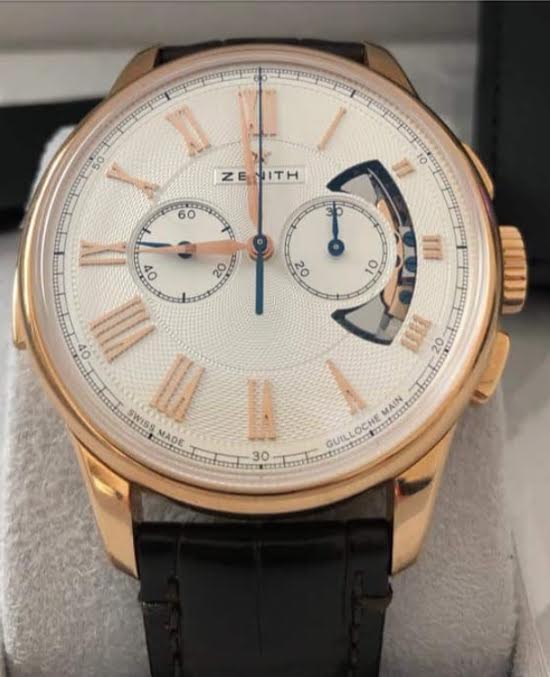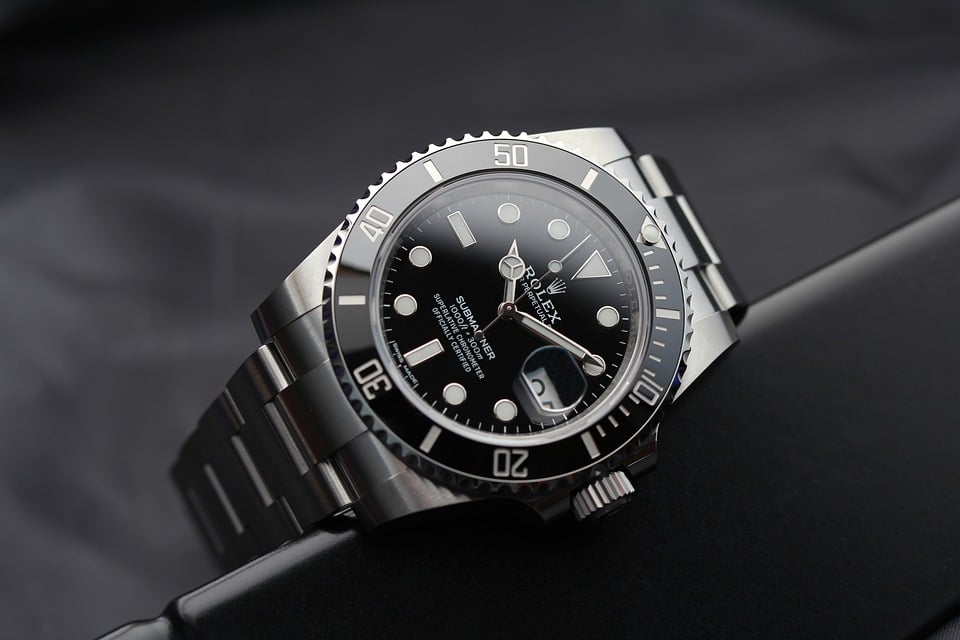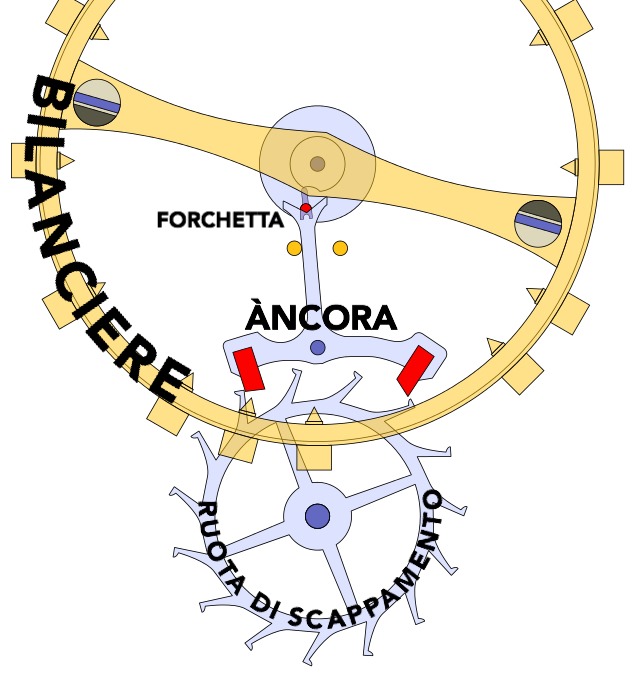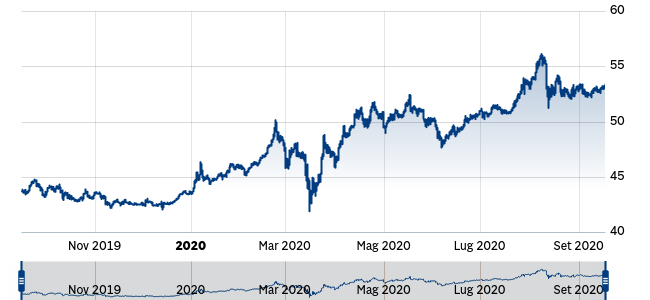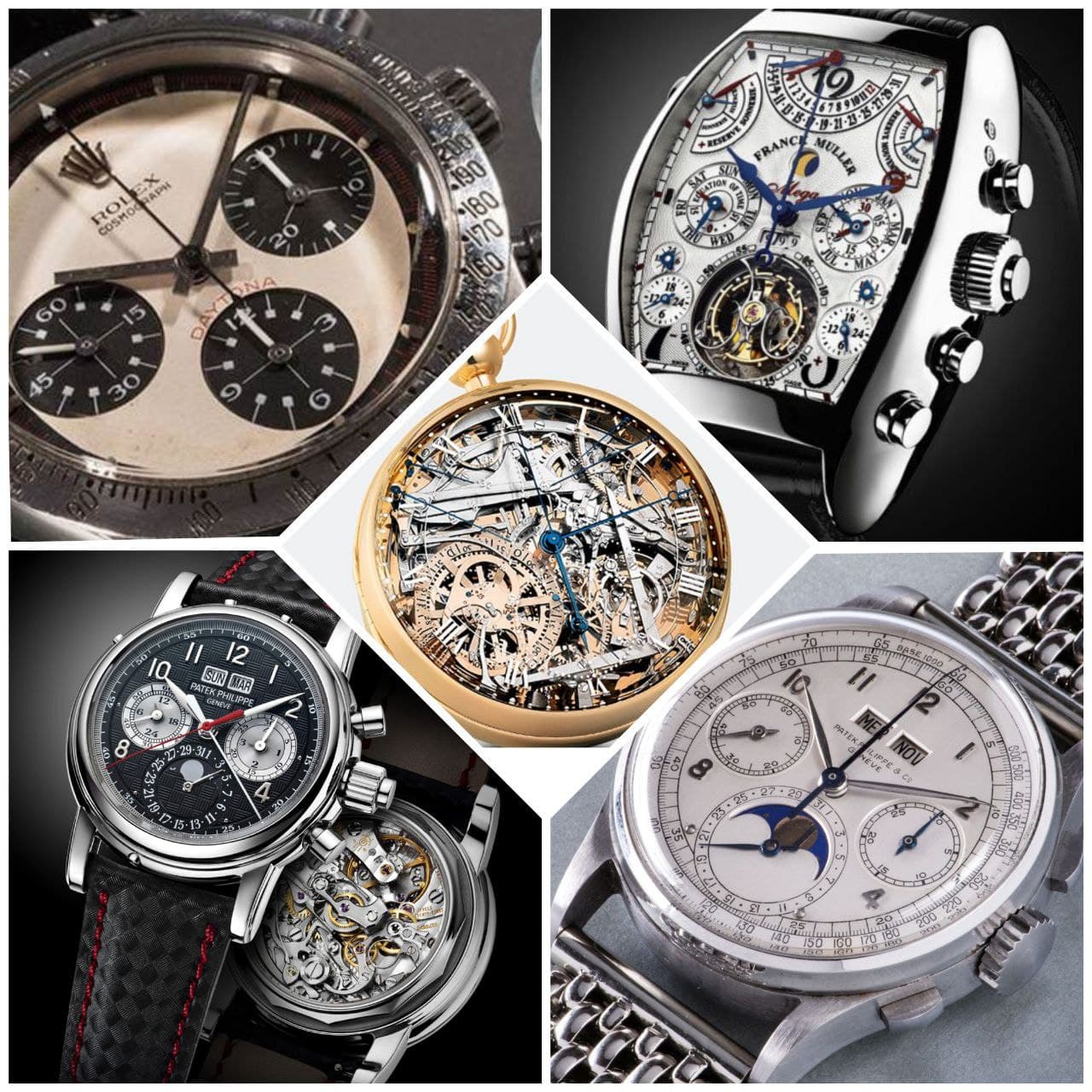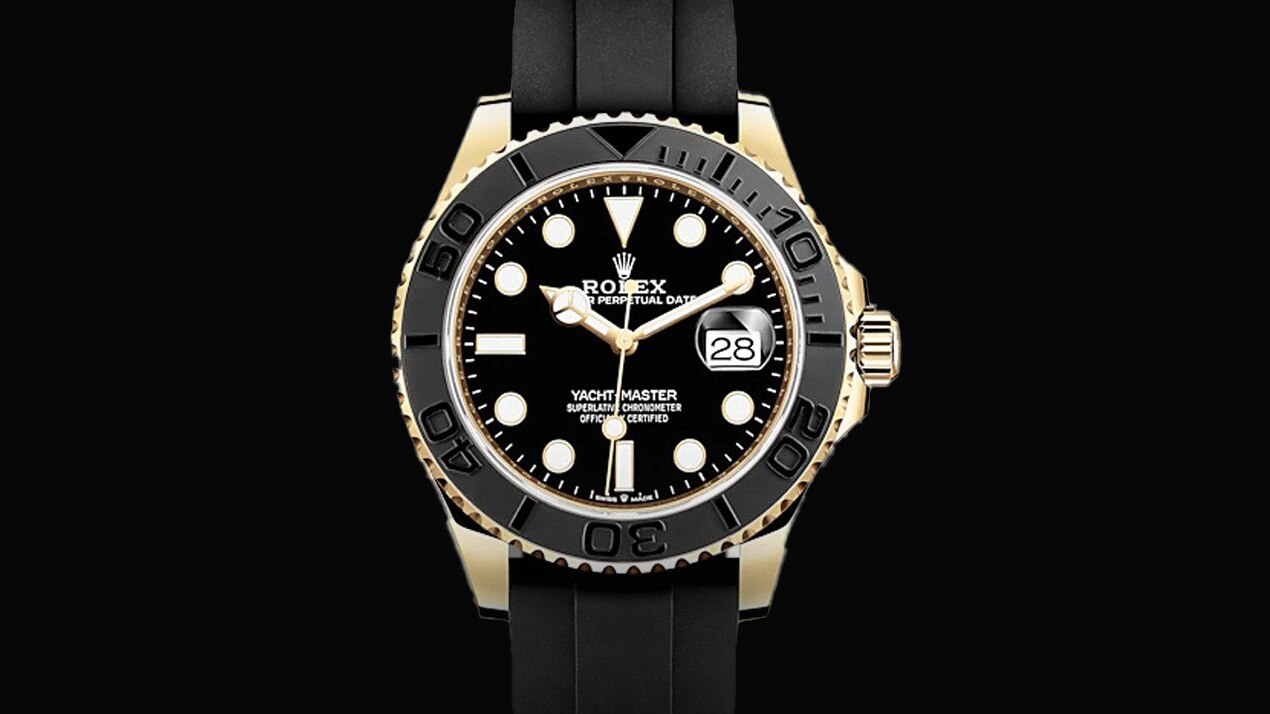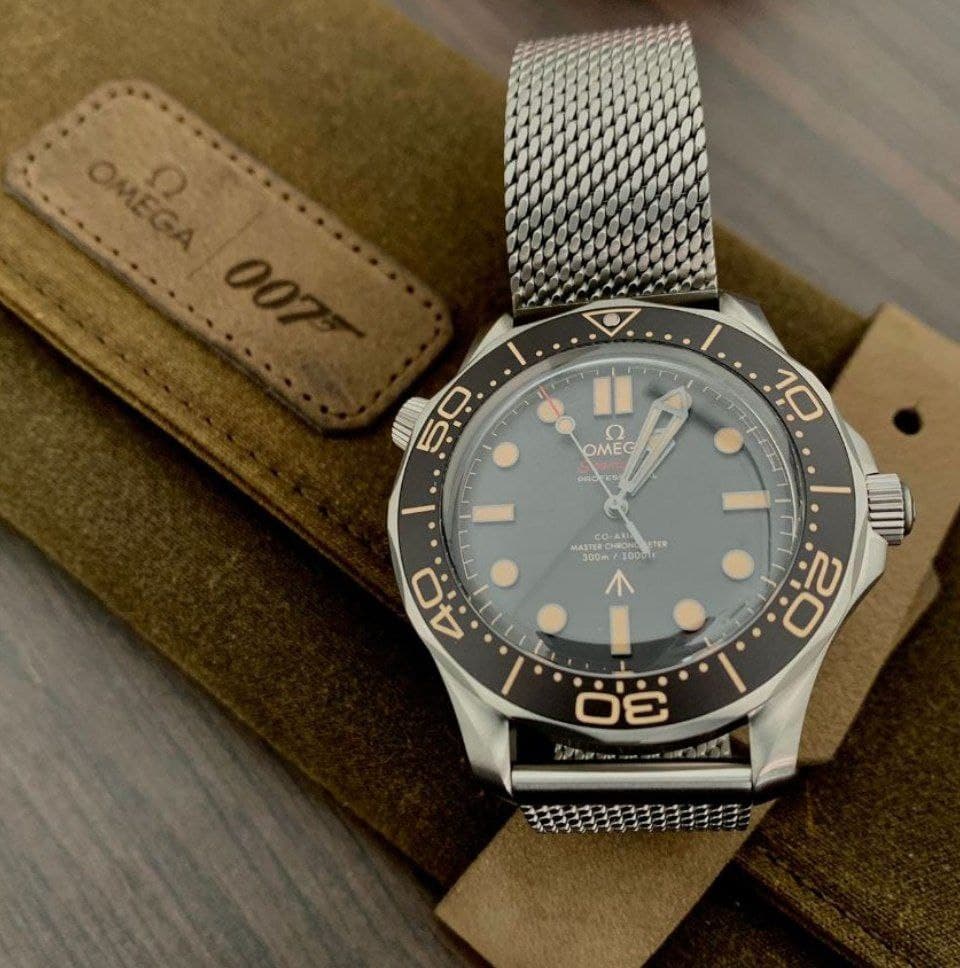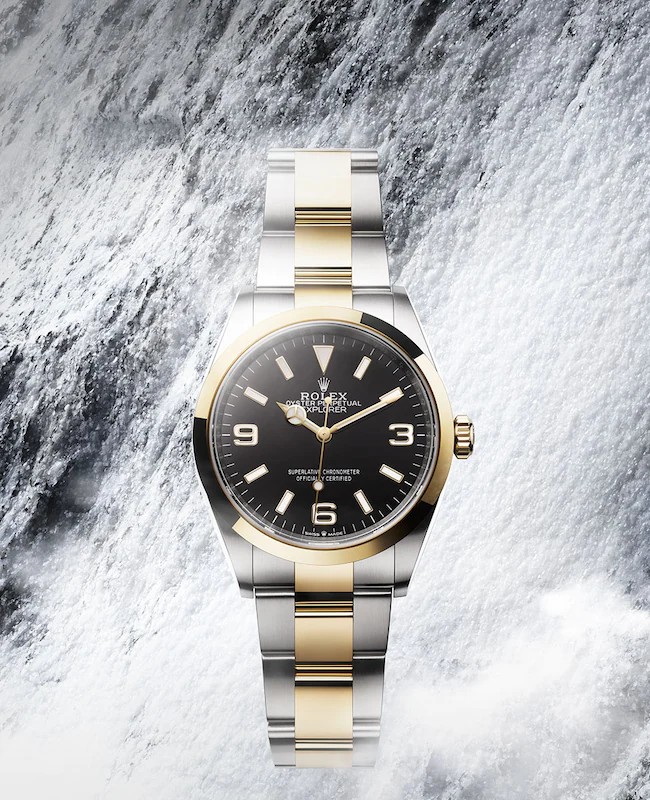Dr. N.
So far I have dealt with watches. But we must not forget that what makes the functioning of a mechanical watch possible is the constant input of energy. In the case of a self-winding watch, this occurs through the movement of the wrist. But when a mechanical watch is not worn, it stops.
This seems not to be a problem in normal tempo solos. After all, you can always reset the time when you wear them, right? But if the watch starts to have the date complication, resetting it is already a hassle. If you have complications such as annual calendar or even that perpetual, losing track of time becomes a serious problem. How to fix it?
Let's find out in this article.
The problem of charge loss
Mechanical watches are divided into two categories, depending on the method used to input the energy necessary for their operation. They are the hand-wound watches and those a automatic winding.
In a manual winding watch, the problem of energy input does not have many solutions: it can only be wound by manually rotating the winding crown. For this reason, the majority of manually wound watches are not equipped with calendar complications that go beyond the indication of the day of the month or, where present, they are accompanied by a long power reserve, so as to make it less impactful. the problem of a possible prolonged inaction of the movement.
The situation changes when it comes to self-winding watches. These have movements that accumulate the energy necessary for their functioning by exploiting the movement of the wrist. They are therefore designed to be worn every day: this means that continuous functioning is part of their nature. For this reason, watches equipped with complications such as the caannual calendar o perpetual they are normally equipped with self-winding movements. The presence of this energy accumulation system combined with the perpetual calendar allows, by wearing the watch on the wrist, never to have to intervene on the date adjustment: because the watch, working continuously, proceeds to mark the time and date always indicating the correct day, overcoming the technical challenge presented by thirty-day months and leap years, as seen in the article on the perpetual calendar.
The disadvantage of an automatic perpetual is that if it is not worn it stops, and when you start using it again, the procedure to set the date again is complex. The solution was found by a Patek Philippe enthusiast, who decided to create some charging rotors to keep his precious automatics active.
The ideal solution: the winding rotor
What is a winding rotor? It's basically a rotating watch holder, activated by an electric motor, which helps keep the watch charged.
A small note: many confuse winding with maintaining the charge, and make the mistake of placing an unloaded watch in a rotor, being surprised to find it stopped after a few days of rotation. The winding rotors do not allow you to start a discharged watch: their role is to maintain the charge of an already charged watch. Therefore, the correct use of these tools involves removing the watch from the wrist after having used it for at least a day, so that it is fully charged or, alternatively, that the automatic watch is wound manually by rotating the crown. Only once the watch is fully charged will it be inserted into the rotor, which will keep it running.
The first winding rotors – we are at the end of the 1942s – were nothing more than instruments capable of rotating the watch in only one direction. As the years and technology advance, increasingly complex and feature-rich rotors are created. Initially, the possibility of setting clockwise or anti-clockwise rotation by operating a switch was introduced. Subsequently, a rotor was invented that allows you to set the rotation alternately in one direction and the other automatically, without having to act manually to switch from one mode to another. This innovation was made necessary by the existence of watches whose internal rotor winds both clockwise and counterclockwise, the so-called bidirectional winding rotor, a technology that appeared in XNUMX with the Felsa Bidynator movement, and has become increasingly widespread in recent decades: with the sedentarization of our lifestyle, the wrist moves less and less, and it is important to take advantage of every rotation to wind the barrel spring.
Charging rotors also benefit from technological advancements in the field of batteries. The first examples are powered by a cable to be inserted into the socket, equipped with a transformer to supply direct current to the electric motor. Then models equipped with large D batteries mounted in series, non-rechargeable, were introduced to guarantee an autonomy of a few days and to be able to place the rotors inside the home safe, a recommendable choice for valuable watches such as perpetuals, but difficult to implement with cable-powered models. The next step, made possible by the post-collapse of the USSR diffusion of what was born as a very secret Soviet military technology, lithium polymer batteries, is the creation of charging rotors with long autonomy and rechargeable a high number of times.
Charging rotors are also being innovated by the spread of information technologies. The computerized control of the rotation allows you to vary the number of revolutions per day depending on the type of watch that must be kept wound: some in fact benefit from higher rotation speeds, needing to input more energy for a given unit of time.
Modern winding rotors offer the possibility of programming, via a touch screen, the rotation speed of the clock, clockwise, counterclockwise or alternately, as well as viewing the residual charge. The presence of lithium polymer batteries, conformable to make the most of the free space inside the watch case, combined with increasingly efficient motors, allows for unprecedented autonomy.
Winding rotors, an Italian excellence
In the story of the winding rotors that I have told, one piece is still missing: the people who had the idea. And this chapter of history speaks Italian. The Italian textile entrepreneur Sandro Colarieti, a passionate Patek Philippe collector, began making rotors to keep his timepieces charged at the end of the XNUMXs. After the positive feedback received from his collector friends, who requested copies of his rotors, Colarieti is addressed directly to Patek Philippe. The maison immediately showed interest in the idea, and subjected these instruments to very rigorous tests, which lasted up to a year. Once the tests have been passed, the product is put on sale with an evocative name, which enthusiasts still associate with fine watchmaking today: Time Box.
The company is still active today and produces winding rotors of all types, from the simplest models to those with multiple rotors integrated into armored safes and hidden inside refined crafted wood cabinets, capable of integrating into any luxury living room .
Is the winding rotor right for me?
If you collect watches with a calendar complication, be it annual or perpetual, the winding rotor it is an essential accessory. But the winding rotor is not only useful to those who own complicated watches: anyone who has a good number of automatic watches and wishes to wear them on their wrist alternating one with the other will find the winding rotor to be a useful support.
Then let's think about female audience, who considers the watch a jewel and wears it occasionally, alternating it with bracelets. This habit leads the watchmakers to mainly offer battery-powered watches to ladies. Thanks to winding rotorOn the other hand, women who are passionate about watchmaking will also be able to appreciate mechanical timepieces without giving up the possibility of wearing them occasionally and without having to put them back on time every time they wear them.


